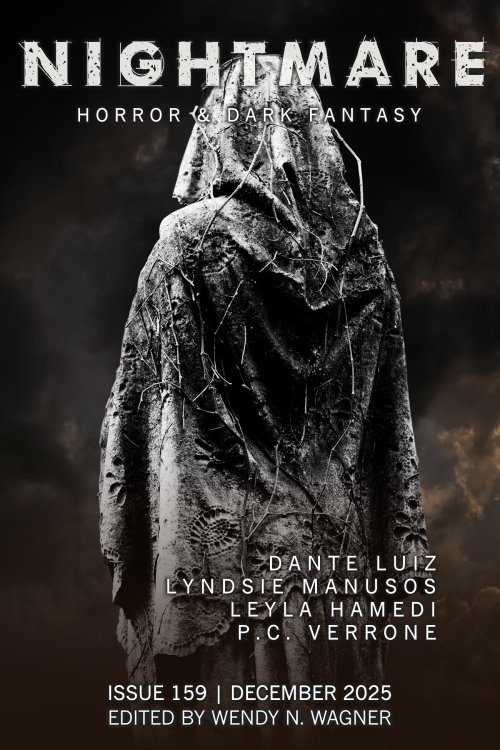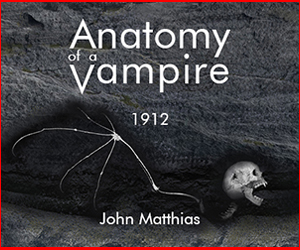Nonfiction
The H Word: The Tragedy of La Llorona
Nearly every culture has the lone woman in white. For some, she is a harbinger of death to come. For others, she is a bringer of death herself. And in other cultures, she is a warning to those who stray from societies’ morals. Cursed to exist forever with her shame. To the people of Mexico and the American Southwest, La Llorona—the Wailing Woman—is all these things. Yet she is often portrayed in modern media as a one-note boogeyman (or woman, in this case). Growing up in a Mexican household, I only knew La Llorona as a threat. A way to scare me home before dark: “Hurry home, mijo. You don’t want La Llorona to take you away.”








